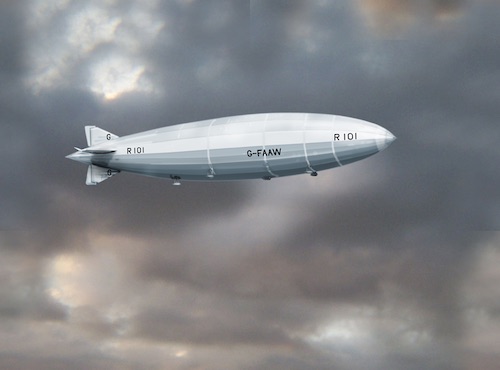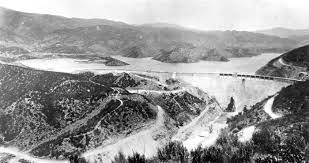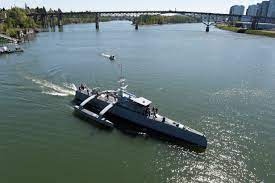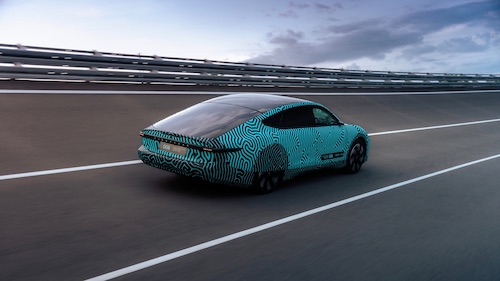Students rediscover the steps of the Design Thinking process by working together to construct a ship capable of carrying cargo. They then apply this process to analyze a new set of historical engineering successes and failures.
- Lesson 1

THE SOLVE
In The Solve, students will: Examine the Marco Polo, the largest container ship to ever reach the ports on the east coast of the United States. Students will then be challenged to construct a ship capable of supporting the most cargo. They will compare ship designs and reflect on the design process to determine which steps of the Design Thinking process were utilized.
- Lesson 2

THE MAKE
In The Make, students will: Analyze a variety of historical engineering successes and failures. They will then evaluate the steps of the Design Thinking process utilized by engineers in order to pinpoint where the engineering and design process succeeed or failed.






